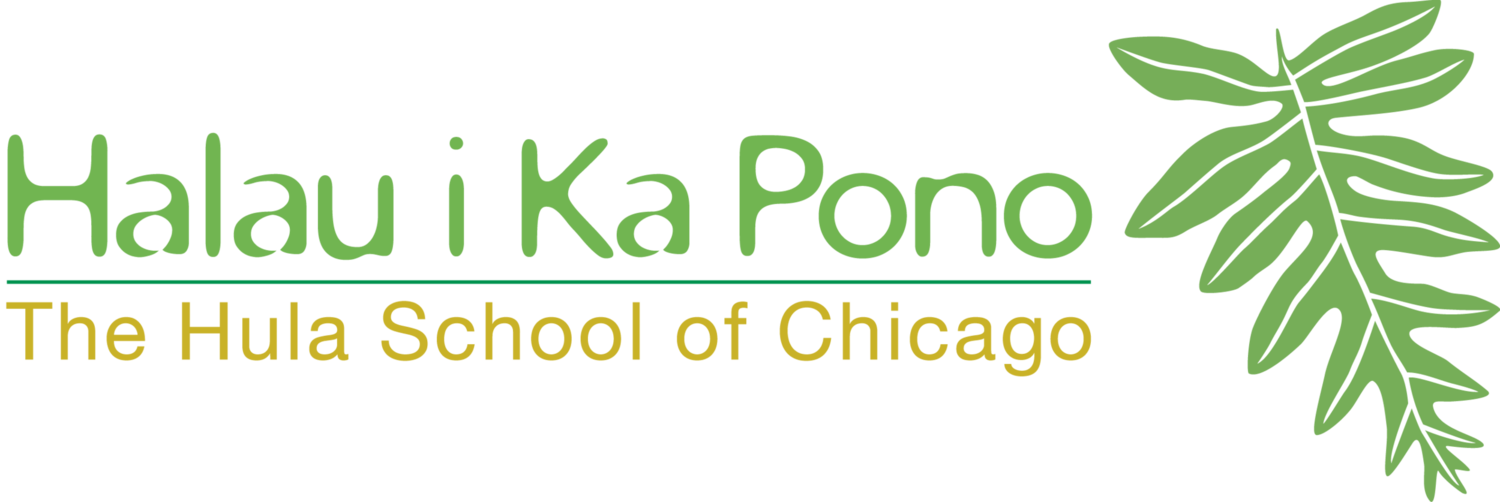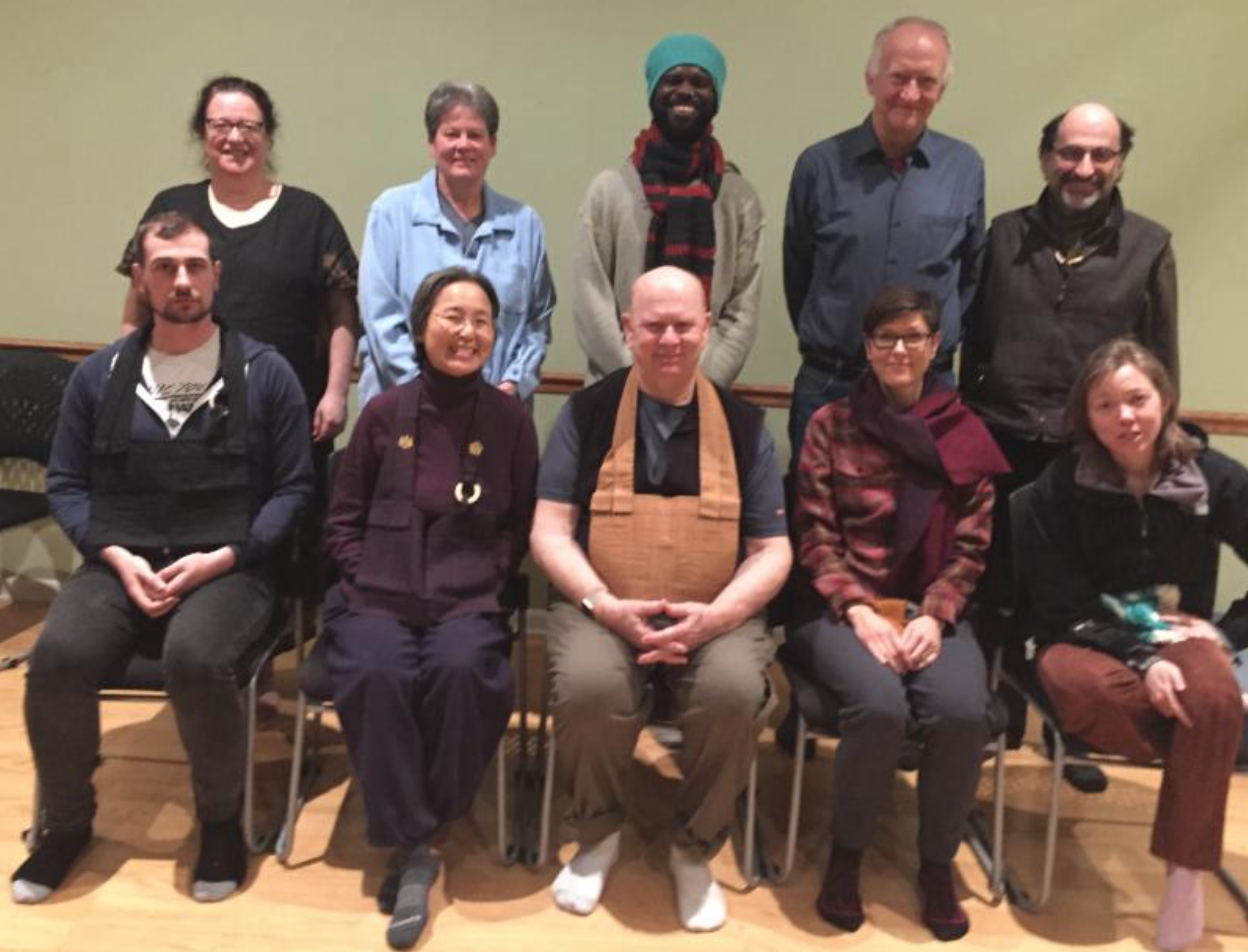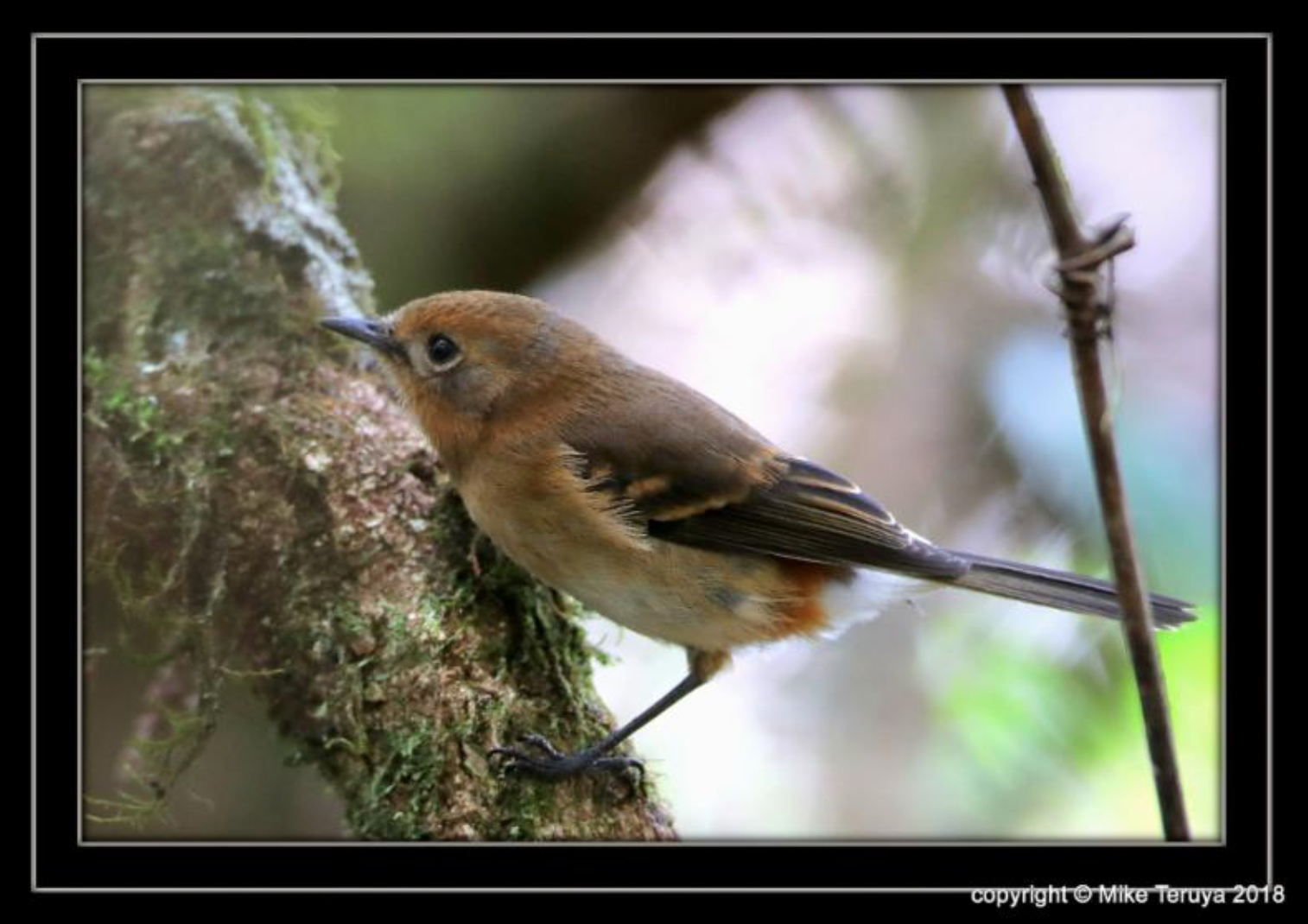Charles Auli’i Mitchell
Kumu Hula Auli’i Mitchell was born in Hawaii but raised in a military family with steep values and traditions of the Hawaiian culture while living in California. I heard of Kumu Auli’i through my friend Ricia Shema who was very excited to be taking a Hula Ki’i (Hula Puppet) Workshop with him at the ‘Aha Hula Conference in June. She loved every minute of the workshop where she learned to carve a Hula Ki’i.
We are fortunate to have Kumu Auli’i visit us in Chicago at the end of this month. He is teaching two hula workshops, bringing ki’i with him to demonstrate on Saturday evening Kanikapila and giving a talk on Sunday at our Sunday Morning Zen.
I asked Kumu Auli’i to tell us about his childhood growing up in California.
Kumu Auli’i Mitchell: Because of our mother, my life surged with meaning and a deep understanding of my cultural values and the traditions, custom, and beliefs of the Hawaiian people. We were provided a proper education and my parents worked very hard to give us all the comforts of life.
My father was a United States Marine for 36 years. He worked many jobs and supported my mother in every aspect of her culture allowing it to thrive within our family. Later he became a master in the art of the ipu (gourd) and for the rest of their lives the ipu was a focal point of our family.
In the 1960s, at Oceanside, California we lived amongst military families, many of whom were Polynesians. My parents became founding member of southern California's first Hawaii Club, the Hui Lima Hana. Our members were mostly from military families; we all missed Hawai’i and had the need to meet together and embrace our culture.
As members, we were serious in maintaining our culture, of holding to our sense of place and identity in a western society. We held onto our knowledge of traditional hula, fishing, Hawaiian language, net making, foods, farming, cooking, gourds, healing, music, and song, to name but a few. The Hui Lima Hana also hosted many of the young native Hawaiian military recruits posted to California in the mid 1960-1970s. It was a place to gather and re-connect with their Hawaiian culture and traditional practices; home away from home.
We later moved to Vista, California, not far outside of Oceanside on six acres of land that was surrounded with fruit trees, gardens, greenhouse and and avocado grove.It was here where we were able to grow many of our native Hawaiian plants, kalo (taro), ko (sugar cane), awapuhi (ginger), pua kalaunu (crown flower), pua melia (plumeria), pakalana (Chinese violet), pua kiele (gardenia), popolo (black nightshade), lau ki (ti leaf), a’ali’i and ipu (gourd).
The ipu played a very important role in our lives. Together with my parents we spent a huge part of our lives tending to our gourd field; making Hawaiian gourds an important focus of our teachings to our hula students both in California and Hawai’i.
By the 1970s, our halau multiplied in size and many of our students came to live with us during the summer months. The influence and reputation of our halau played an important role in the Hawaiian cultural movement of California, where we were often in high demand to perform and conduct ceremonial traditions.
My older sisters, were considered incredible performers and when they left our halau, they joined forces with Arthur Lyman, Hawai’i's well-known xylophone player, traveling around the United States with him, as well as performing with many other dance troupes. I remember they danced at a place in Chicago with him, called Shanghai Lil's. It was a restaurant and entertainment house with a Polynesian review on Milwaukee Ave.
As for me, I was destined to follow my mother and her teachings of our culture; I have initiated and been part of many Native Hawaiian Organizations both in the state of California and Hawai’i. In the late 70s my parents and I, with a small group of Hawaiians from the north of San Diego decided that we would meet monthly to set up a new Hawaiian Civic Club called ‘Ainahau Kaleponi of Orange County California.
In 1982, our Club was chartered and it became my family's major focus, right up until we left California in 1991, for Hawaii. it was an important avenue for meeting other kanaka maoli (Native Hawaiian) organizations within the state.
Another important position my mother took on during this period, was as a board member of the Hawaiian Inter-club Councils of California, which hosted the Annual Ho’olaule’a (Celebration), first held in Hollywood Park, and than later moving to Alondra Park in L.A., it continues to be one of the biggest Hawaiian festivals in California today.
Being raised in California away from my homeland was a trying time internally for me, but the culture of my people, led by my beloved mother, Harriet Aana Mitchell, my kumu hula lifted me up in those very difficult times. I am very proud to say that keeping our hula legacy alive away from Hawai’i, the style and its techniques have never changed.
I feel, that if I was raised in Hawai’i and exposed to so many other hula styles, it might have influenced my style, much like I see what is happening in Hawai’i today. It is very difficult to see the origins of the kumu hula they learned from in the halaus here today. Many times it looks all the same, ko’u mana’o wale no (these are only my thoughts).
Through the years, our halau has given back to the community through participating in many cultural, familial, community and educational events throughout the islands of Hawai’i and abroad. Kokua mai and kokua aku, of course - we do it that way! It was in this way that my family's tradition of hula was always taught. Money was never the focus and because of this the halau freely focused on learning, working, and depending on each other like ‘ohana (family).
June Tanoue: You’ll be giving a talk on Sunday about Papaku Makawalu. What does that mean?
Kumu Auli’i: Papaku Makawalu is the intelligence of our ancestors to organize and categorize the universe. It is our indigenous methodologies and how we perceive our universe. This knowledge comes to me via my teacher Aunty Pualani Kanaka’ole Kanahele and the Edith Kanaka’ole Foundation.
We live our lives this way. It is time that we learn it well and teach it. This is very important for me as a kumu hula and how it relates to the dance of our people and to the world of western science in which I work today as a Cultural Anthropologist. We will look to our house of ‘ike or knowledge.
June: Hula Ki’i is a passion for you - a lost art that you have revived. What is the essence of hula ki’i for you?
Kumu Auli’i: The dance of the hula ki’i is one of the most celebrated danced in our halau. It is a dance of the olden times, performed with carved wooden images. It is an extension of the hula dancer and their kumu. The hula ki’i (hula using puppet)s is all about the image for me.
It's essence is that the wooden image is still alive! In a time when the missionary came and stopped our belief system, perhaps this was a way, and a very intelligent way of the kumu hula, to use the image as a vehicle to tell story through. They were able to then appear before our ali ‘i nui (great chiefs) and entertain them with the ancient myths and legends of our past, thus being vehicles of protection.
The ki’i for me is a pale (protection), a way to keep and protect the mana of those who keep them. I have learned in ancient times that kahu (spiritual adviser) of our ali ‘i nui carried images while in court, images that kept and possessed the mana (spiritual power) of the ali’i nui. It was a way to entertain the ali’i nui and bring satire to the issues of that time, thus today it is still an amazing way to tell story.













































